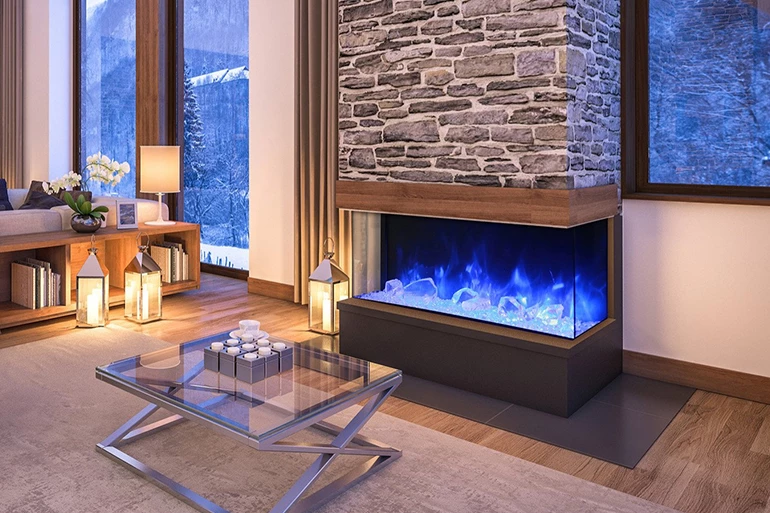What You Should Expect When Buying An Electric Fireplace
There is a lot of confusion surrounding electric fireplaces. Some of that comes from lifestyle bloggers who put out information in an attempt to draw a crowd through relevant content. Though, many of them lack actual experience in the field they are talking about. Other misconceptions come from a general lack of understanding in the public.
Fireplaces are a tricky appliance to master. EPA standards continue to change and improvements in technology have birthed hearth appliances with more visual appeal than actual heat. So, it's no wonder the average person doesn't know what to expect when buying a fireplace of any type, much less an electric one. So, we thought it would be helpful to discuss a few misconceptions about electric fireplaces and help you manage your expectations before making a purchase.


